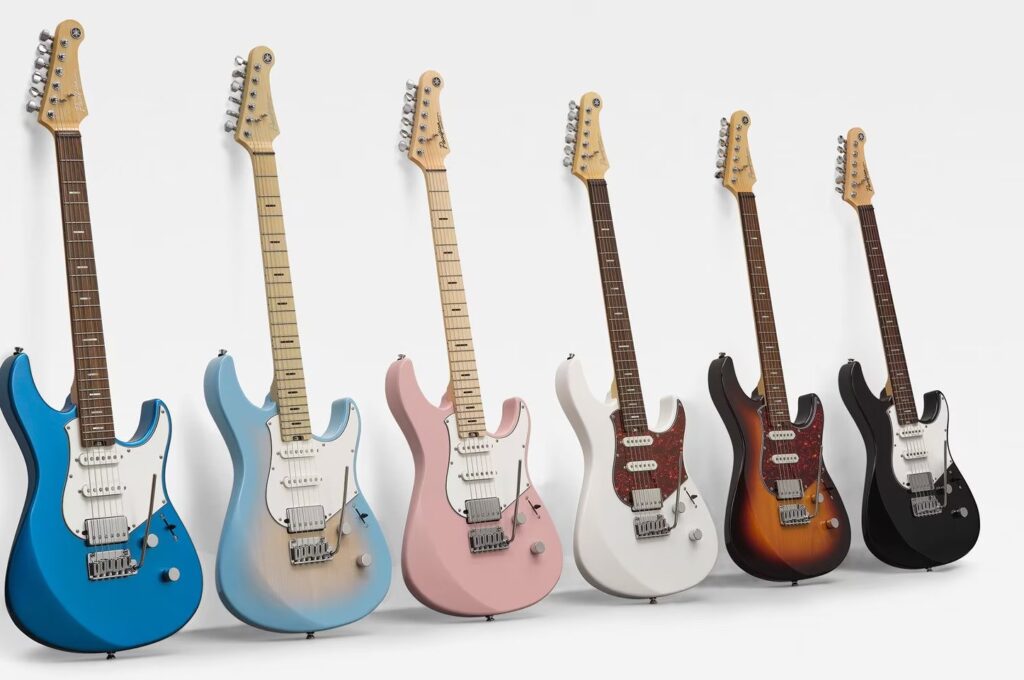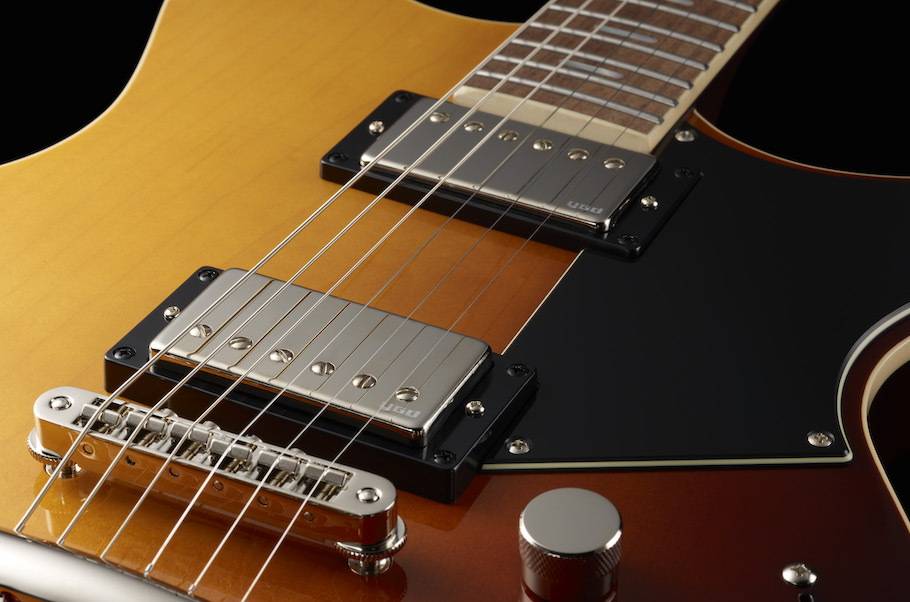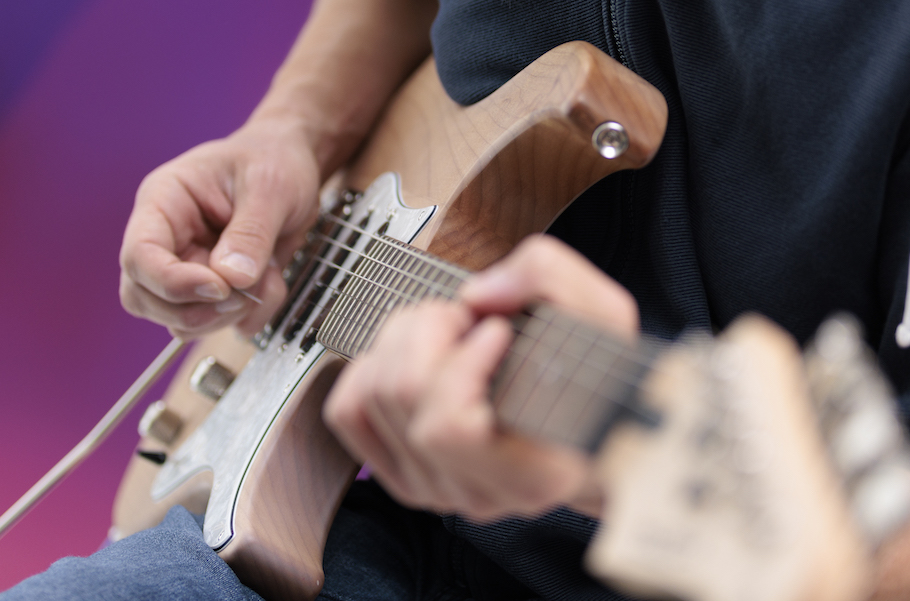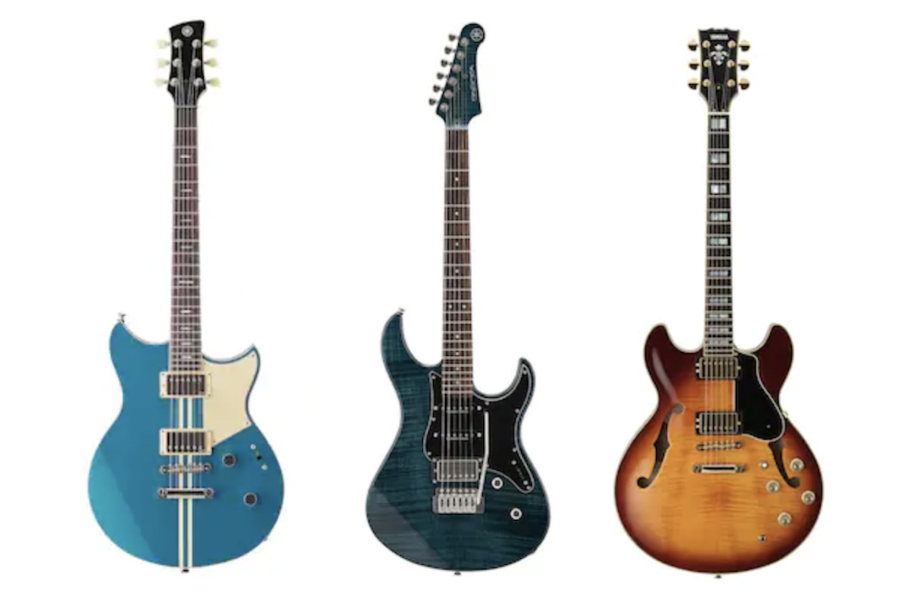Getting Amplified
A brief history of the guitar pickup.
Say the words “music technology,” and you’ll most likely think first of laptops, mobile apps, and the internet. But technology played a major role in music-making long before computers. For example, the guitar became the most popular instrument of the 20th century largely because of technology — the invention of the amplifier, the loudspeaker, and the small but essential device we’ll be discussing here: the pickup.
Before Pickups
By the time scientists learned how to harness electricity, guitars had already been popular for hundreds of years, and not just with wandering troubadours. A major composer of the 19th century, the French Romantic Hector Berlioz, wrote all his best-known works on guitar. (He never learned to play piano.) But listen to his Requiem or Symphonie Fantastique and you won’t hear a note from his favored instrument. Why? The guitar had a problem. It was only loud enough to be heard in a relatively small, intimate performance setting. Adding it to the huge symphony orchestras that Berlioz liked to write for would have been pointless; the other instruments would drown it out.
The dawn of the Jazz Age in the early 20th century shone an even brighter spotlight on the guitar’s weaknesses. It was simply no match for the volume of a jazz brass section or drum kit, and its place as a rhythm instrument was soon usurped by the banjo. For guitarists, and the companies that manufactured guitars, to be shut out of a rapidly growing new style of music was a bleak prospect indeed. What could be done?
Musical Magnetism
Two answers to this question were forthcoming. First, in the 1920s, was the debut of the archtop guitar — a fascinating subject in itself, but one for another article. Second, in the 1930s, came the first magnetic pickup, so called because it both “picked up” the vibrations of guitar strings and raised (that is, “picked up”) the instrument’s volume.
Essentially, a magnetic pickup is a set of magnets arranged in a straight line, with a coil of fine copper wire wrapped around it. (The coil is formed by turning the wire around the magnets several thousand times.) When a metal string vibrates near the pickup, that vibration changes the magnetic field, which then induces a voltage in the wire coil, creating an electrical signal. Sending that signal through a cable, amplifier, and speaker (all of which were fairly commonplace items at the time thanks to the rise of radio technology) produces a sound that is much louder than the one originally made by the string’s vibration.
With jazz great Charlie Christian leading the way, guitarists in all genres of music quickly went electric, either adding magnetic pickups to their existing acoustic instruments or buying new guitars with pickups pre-installed. By the early 1940s, the sound of acoustic guitars began to seem old-fashioned. Clearly, when it came to guitars, electricity was the future.
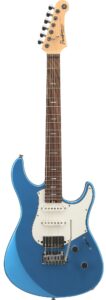
Bucking the Hum
Nonetheless, early magnetic pickups didn’t provide a perfect solution. Amplifying a guitar could gave rise to undesirable sonic byproducts: the howl of feedback and the hum and buzz of static and signal interference. The invention of the solid-body electric guitar in the early 1950s took care of the feedback issue, but as for hum, that came down to the pickups themselves — specifically, to the single coils of wire that they contained and the orientation of the magnets inside them. It turned out that when you connect two single-coil pickups to each other and change the polarity of the magnets in the second one (by pointing their north pole away from, rather than toward the strings), you dramatically reduce electrical hum. And that’s why double-coil pickups are better known to the world as humbuckers.
Since they’re essentially two pickups in one, humbuckers tend to be louder and have a warmer, fatter tone than their single-coil counterparts. However, many guitarists still prefer the brighter, more shimmery sound of single coils, especially when playing country and alternative rock. Most Yamaha electric guitars — such as those in the REVSTAR and Hollow series — feature humbuckers, but the new Pacifica Professional and Pacifica Standard Plus models offer the best of both worlds, with single-coils in the neck and middle positions and a humbucker near the bridge.
Acoustic Options
Magnetic pickups, in both single-coil and humbucking varieties, work great with archtop or solid-body guitars. But if you stick one on a regular flat-top hollow-body acoustic guitar and plug into an amp, you basically get the sound of an electric guitar. For players who want to be amplified but love the distinctive sound of acoustic instruments, that’s a problem. Of course, you could always mic up your guitar, but that limits your movement while playing and adds the possibility of unwanted feedback.
Luckily, over the past several decades, huge advances have been made in pickup design, and several options are now available for guitarists in need of an amplified acoustic sound that’s true to the instrument’s original tone. Two of the most common are piezoelectric pickups and transducer pickups.
Piezoelectric pickups — piezos (pee-YAY-zohs) for short — are thin crystal strips that are typically placed under the saddle of a guitar where the strings cross the bridge. The vibration of the strings compresses the crystals, which creates an electrical signal that can be converted into audio. (The name for this process comes from the Greek word piezein, which means “to press.”) Largely because of their placement by the bridge — a guitar’s brightest-sounding point — piezos do a good job of capturing an acoustic’s brilliant high end. But on their own, they can sound trebly and harsh. That’s why they’re generally used in combination with a transducer pickup, a kind of mini-microphone placed inside the guitar, either directly against its top or back.
Some players use multiple transducers in their guitars, while others throw a good old-fashioned magnetic pickup into the mix too. Then there’s the intriguing new wrinkle introduced by the Yamaha TransAcoustic line of acoustic guitars, which pairs a piezo system with a metal actuator built into the instruments that not only amplifies their sound, but also creates realistic reverb and chorus effects, whether or not you’re plugged into an amp.
Turn It Up
The electric guitar was indisputably one of the most important music technology achievements in the first half of the 20th century. The creation of pickups that could actually do justice to the tone of an acoustic guitar was a crowning glory of its second half. What it all means to us here in the 21st century is that no matter what kind of guitar we play, we can always feel free to get loud.
Click here for more information about Yamaha electric guitars.











